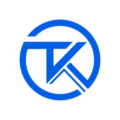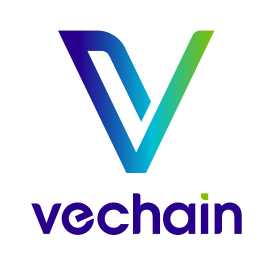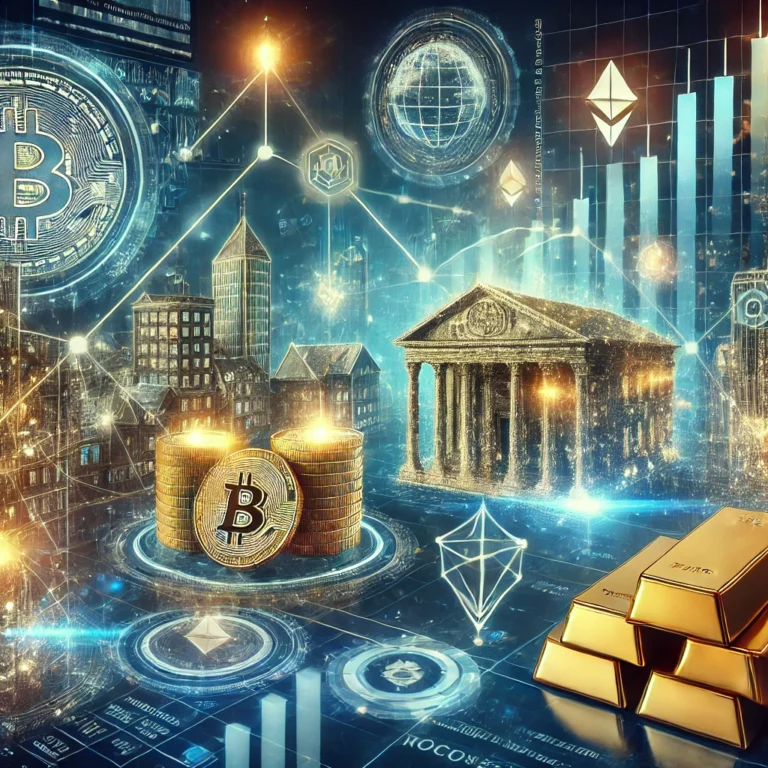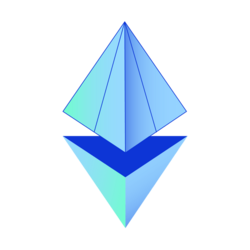
The tokenization of real-world assets (RWAs) is emerging as one of the most transformative developments in the financial world. By converting physical and intangible assets into digital tokens recorded on a blockchain, this innovative process has the potential to redefine traditional asset management, democratize investment opportunities, and create unprecedented liquidity in global markets. The implications stretch across industries, offering both challenges and opportunities for investors, institutions, and regulators.
Market Growth and Adoption Tokenization today is no longer a niche innovation. It is expected that, by 2030, the global market for tokenized assets will reach a probable estimated size of $16 trillion due to increasing institutional interest in the field, rapid technological advances, and tried-and-tested benefits from the use of blockchain technology.
Notably, the movement is being driven by major financial houses. BlackRock Inc., an asset manager with the highest assets under its management globally, made history in 2024 as it issued the first tokenized fund, called BlackRock USD Institutional Digital Liquidity Fund, on Ethereum. Indeed, this underpins how serious the traditional financing ecosystem is regarding the adoption of blockchain-powered solutions.
The fact that such big players are getting into tokenization is a sign of a broader trend. It’s not just startups and blockchain enthusiasts driving this change; traditional financial powerhouses are recognizing the potential of tokenized assets to unlock value and efficiency.
Key Benefits of Real-World Asset Tokenization Improved Liquidity and Accessibility Historically, many of the most valuable assets, such as real estate, fine art, and private equity, have been highly illiquid, with very high capital requirements and correspondingly long holding periods. Tokenization completely upends this dynamic, making fractional ownership possible. Investors can now buy smaller portions of these assets, thus opening them up to a wider market. For instance, a very valuable commercial asset can be fractionalized into thousands of tokens, each carrying a piece of the title. This is a form of better access, and even the retail investor can now participate in markets monopolized by institutional players. Additionally, tokenized assets can be traded on blockchain marketplaces for near-instant liquidity.
Transparency and Safety through Blockchain Probably the greatest thing about blockchain technology is that it provides an unhackable record of all transactions. The idea of tokenization now makes use of this very capability to engender a level of trust and transparency. Any transaction occurring in respect of a tokenized asset will be recorded on the blockchain, which guarantees that the ownership records can never be tampered with.
Moreover, investors have real-time access to the asset data, where they receive updates on value, history of transactions, and ownership-features not found in legacy asset management. This level of disclosure is unprecedented in traditional asset management and engenders much confidence among investors.
Operational Efficiency Tokenization removes much of the inefficiency that surrounds traditional asset management. Digitizing assets and automatically handling processes through smart contracts reduces the need for intermediaries, limits human error, and accelerates transaction times.
As in the case of a tokenized real estate deal, automation of rental income distribution to token holders could save lots of time and administrative cost. This kind of efficiency not only lowers the cost of operations but also results in a seamless experience for asset issuers and investors.
Emerging Trends and Innovations Diversification Across Asset Classes While the early applications of tokenization have been focused on high-value assets such as real estate and art, its scope is rapidly expanding. Financial instruments like bonds, stocks, and private equity are now being tokenized, giving investors a wider range of options.
Gold, commodities like oil, and other agricultural products are finding a way into the tokenization space. Digitizing them enables more efficient markets to trade on one side and opens up new avenues towards portfolio diversification.
Integration with Decentralized Finance (DeFi) A set of innovative financial products is appearing through the convergence of tokenized assets and DeFi. Within these DeFi protocols, tokenized assets can be used as loan collateral, staked for yield, or set in the context of complex investment strategies. For instance, a tokenized apartment could be collateral on a loan issued in one of the DeFi lending applications. Such a combination acts as a bridge between traditional finance assets and blockchain-native uses, creating a mix of stability and innovation that appeals to investors.
Evolving regulatory frameworks One of the main drivers of tokenization market development has remained regulation. It was government and financial regulators that created clear legal frameworks with awareness about the great potential of tokenized assets. Countries like Switzerland and Singapore have taken proactive steps in regulating tokenization and have acted as role models for other countries. With better regulatory clarity, institutional participation is likely to increase manifold, thereby bringing greater stability and trust to these markets.
Challenges and Considerations While the potential of tokenization of assets is enormous, there are several challenges to be overcome:
Regulatory Complexity: Complex, changing regulations in disparate jurisdictions add uncertainty for issuers and investors, thus delaying the process of mainstream acceptance. Technical Scalability: Blockchain shall overcome scalability issues to handle the volume of the increasing tokenized assets.
Lack of Standardization: If there are no standard protocols for creating and trading tokens, that could make some inefficiencies in the market or fragment it. Overcoming these challenges will require a multilateral effort by regulators, technology providers, and market participants. The long-term development of tokenization is necessarily underpinned by global standardization and the further development of blockchain infrastructure.
Future Implications The power of tokenization is not limited to finance. As the technology matures, it will find its place in many industries and will change the way we think about ownership, value, and commerce.
Broader Adoption Across Sectors Tokenization would cover such industries as healthcare, supply chain management, and intellectual property rights. For example, healthcare providers might tokenize patient data into secure, monetizable records, while supply chains could tokenize goods to extend traceability and efficiency.
Higher Market Liquidity Further, tokenization will develop global liquidity pools by enabling fractional ownership and creating a secondary market for trading, hence making the markets less volatile and more attractive to a variety of investors.
Innovation of the financial products This tokenized programmability thus offers a way for sophisticated financial instruments to emerge. Examples of what that might include are dynamic assets whose values automatically readjust based on some exogenous factors, such as interest rates or market demand. A More Inclusive Financial Ecosystem If utilized as in the case of tokenization, it might democratize finance by doing away with traditional barriers to entry; foreign investors from other parts of the world, irrespective of any country’s economic status, shall be able to participate side by side with domestic or local investors who have accessed those markets before. With its propensity for inclusivity, it spurs economic growth and lesser inequality at the global levels.
finally Real-world asset tokenization is a whole new paradigm in the way assets are managed, traded, and valued. Tokenization, through the powers of blockchain technology, increases liquidity, enhances transparency, and gains efficiency by democratizing access to investment opportunities. But it is of essence that the market keeps on overcoming one challenge after another in relation to regulation, scalability, and standardization as it develops. In any case, the long-term outlook is very bright. Tokenization fills the gap between traditional finance and blockchain innovation, creating a more inclusive and dynamic global financial ecosystem.
The future of real-world asset tokenization is not about digitizing assets; it’s about reshaping the very foundation of global finance to make it more accessible, transparent, and efficient for all.




